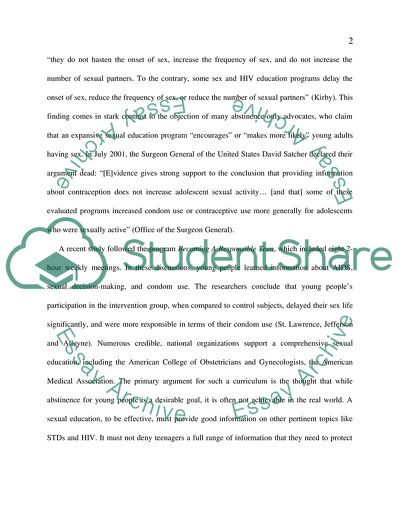Cite this document
(The Postponing Sexual Involvement Curriculum Among Youths Research Paper, n.d.)
The Postponing Sexual Involvement Curriculum Among Youths Research Paper. https://studentshare.org/education/1722272-should-sex-education-be-increased-in-school-in-an-attempt-to-curb-problems-such-as-teenage-pregnancy
The Postponing Sexual Involvement Curriculum Among Youths Research Paper. https://studentshare.org/education/1722272-should-sex-education-be-increased-in-school-in-an-attempt-to-curb-problems-such-as-teenage-pregnancy
(The Postponing Sexual Involvement Curriculum Among Youths Research Paper)
The Postponing Sexual Involvement Curriculum Among Youths Research Paper. https://studentshare.org/education/1722272-should-sex-education-be-increased-in-school-in-an-attempt-to-curb-problems-such-as-teenage-pregnancy.
The Postponing Sexual Involvement Curriculum Among Youths Research Paper. https://studentshare.org/education/1722272-should-sex-education-be-increased-in-school-in-an-attempt-to-curb-problems-such-as-teenage-pregnancy.
“The Postponing Sexual Involvement Curriculum Among Youths Research Paper”. https://studentshare.org/education/1722272-should-sex-education-be-increased-in-school-in-an-attempt-to-curb-problems-such-as-teenage-pregnancy.


